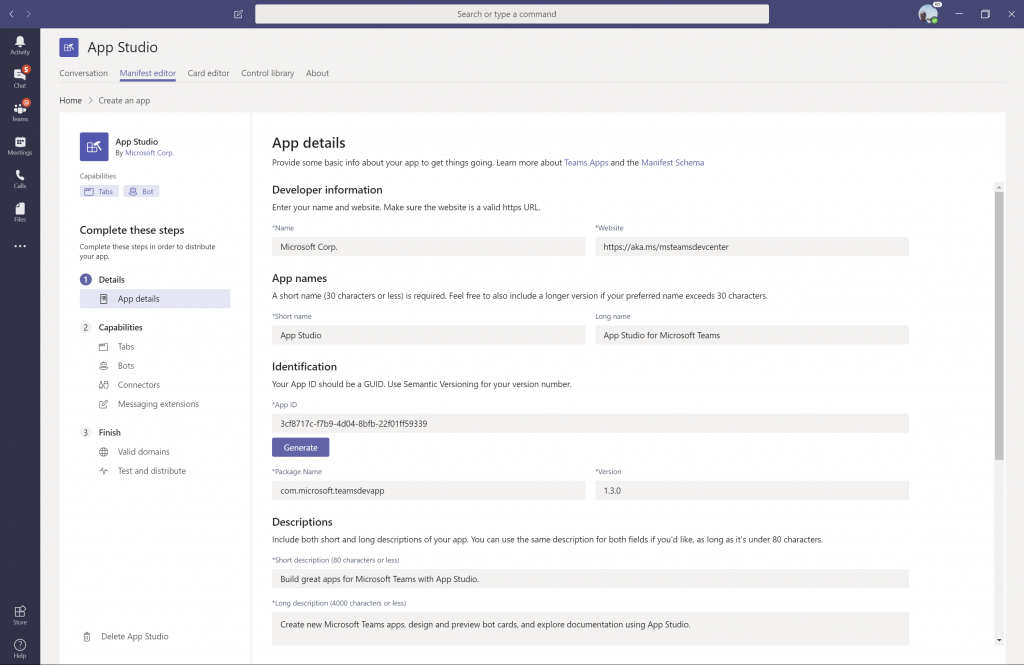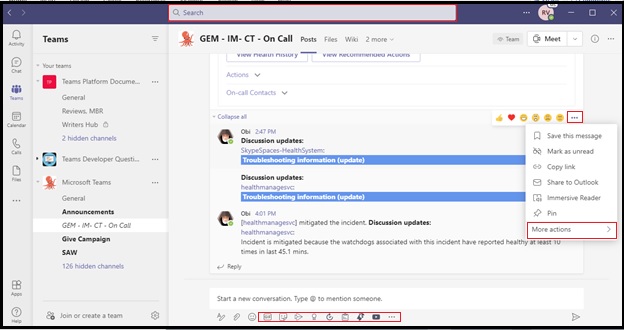Note: If you are not a programmer, there is a risk that after reading the first paragraph, your attention will shift from this highly specialized content to the microwave oven manual. Don’t worry: we’ve got something for you too.
Build is Microsoft’s annual conference, where the company presents its news, updates and product plans. It is watched by both entrepreneurs and developers, as well as individual users. This year it was held on May 25-27 and concerned, inter alia, new features of the Teams environment.
We have selected a few curiosities that may be of interest to developers. What’s new in Teamsach?
- Preview of new Microsoft Teams Toolkit features for Visual Studio and Visual Studio Code. These features make Teams easy to build by reducing the amount of code needed, providing instant integration with Microsoft Azure, and accessing data from Microsoft Graph. Some notable new features include Azure Functions integration, a single-line Microsoft Graph client, and streamlined hosting in an integrated development environment (IDE).
- The developer portal – App Studio – to update Teams now gets enhanced features such as network and device access, environment configuration management, peer collaboration via read / write permissions, and links to subscription as a service (SaaS) offers for new Teams.
- Message extensions: are now supported on the web version of Teams (and the web version of Outlook).
- Adaptive Card Integration – Developers can now build an Adaptive Card and deploy it to Microsoft Teams and Outlook using the new universal Action.Execute model. Adaptive cards allow developers to easily share UI data, making the environment consistent across multiple applications and services. Previously, developers had to build two separate Adaptive Cards integrations for Outlook and Teams.
- Fluid framework integration. Fluid components are now available in Microsoft Teams chats in private conversation, but Microsoft intends to expand it to more customers in the coming months. You can edit components in real time or asynchronously and work with Teams and other Office apps. In Teams chat, Fluid compotes allow users to send messages with a table or list that others can contribute and edit. They can also be copied and pasted into Teams chats.
Teams – as a meeting environment – extends its functionalities with:
- Possibility to use the Teams’ engine to create your own meeting system. Developers will be able to connect their app to the meeting itself, not just to Teams as a whole.
- New meeting APIs. Also in preview, they allow you to automate meeting workflows through events such as meeting start and end.
- Extensibility in “together mode”. Coming soon, this feature enables developers to create custom scenes for Teams meetings and share them with users using the simple design environment in the developer portal.
- Media API and consent to a specific resource. Also soon, it will provide developers with real-time access to audio and video streams for transcription, translation, note-taking and insight gathering.
Marcin Kapuściński – Transition Technologies Managed Services



